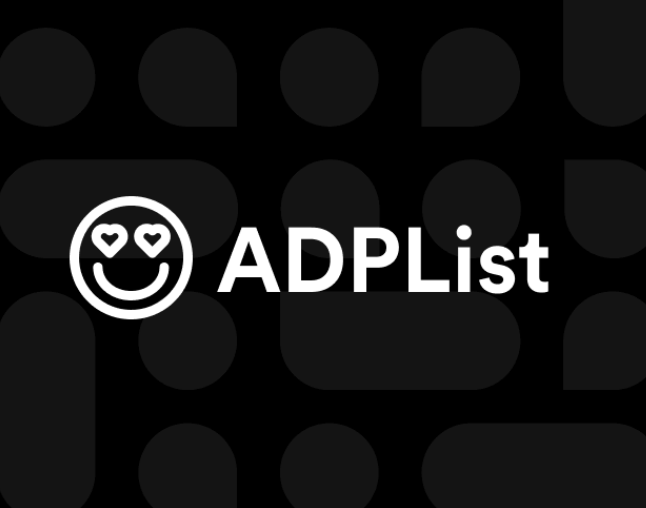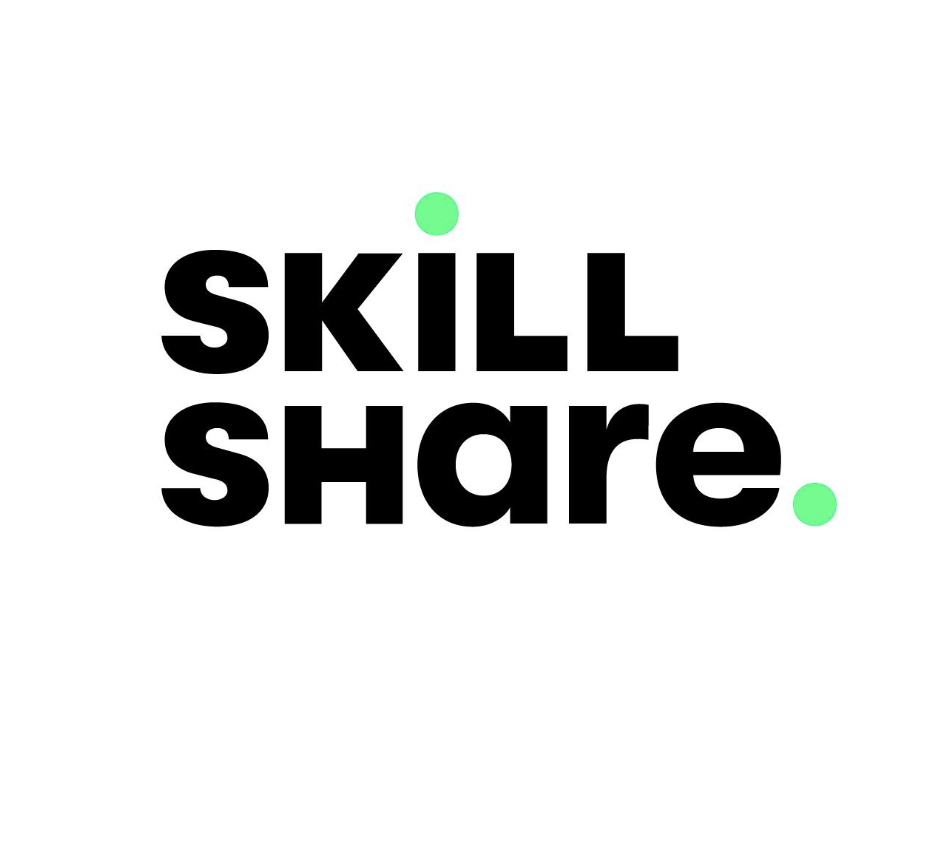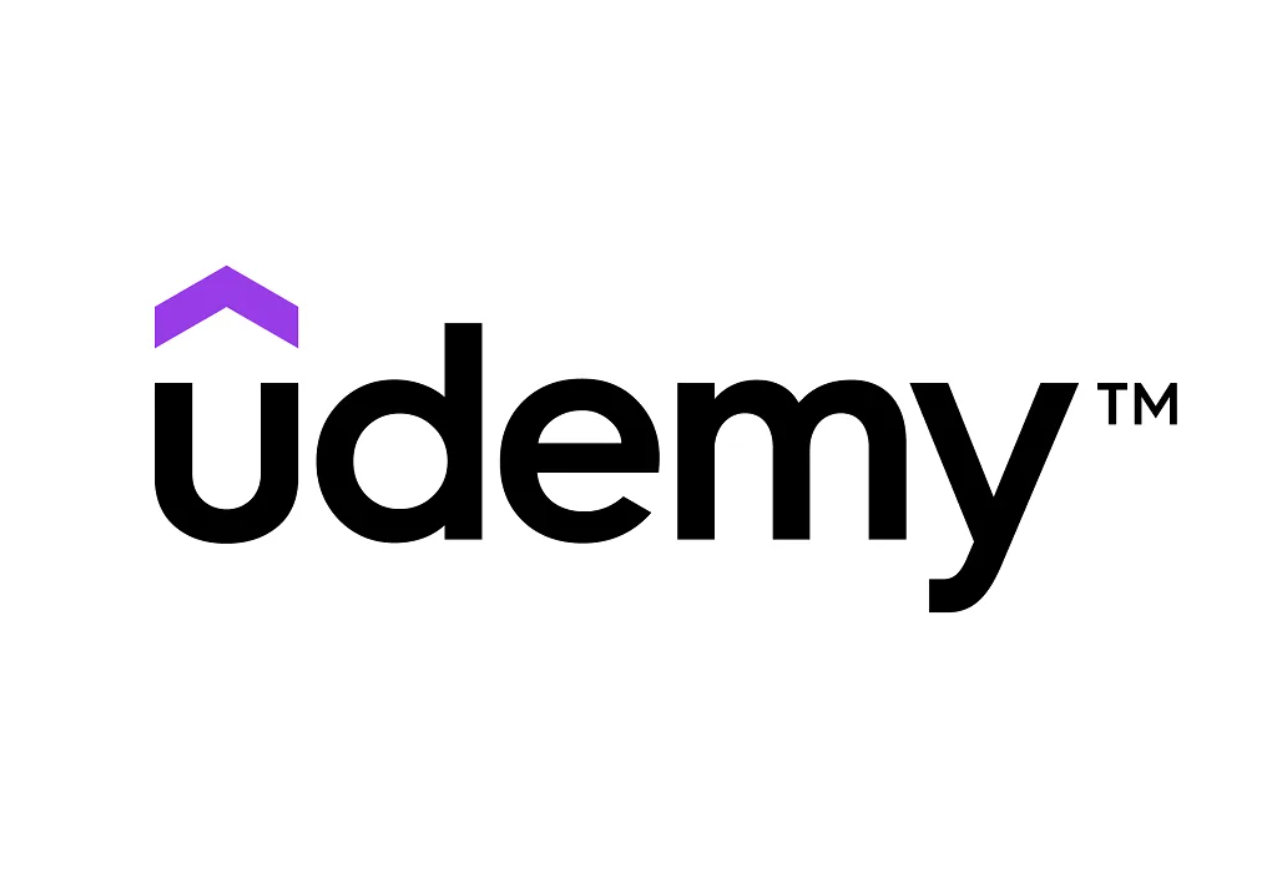Table of Contents
Heating, Air Conditioning, and Refrigeration Mechanics and Installers
The 52% risk score reflects the overall automation risk of your profession on a scale of 0–100. The higher the score, the more likely parts of your role could be handled by AI, increasing efficiency, but also raising the possibility of job disruption. Nearly all jobs include tasks that are automatable to some degree.
In this role, you install or repair heating, central air conditioning, hvac, or refrigeration systems, including oil burners, hot-air furnaces, and heating stoves. Your job is considered Mid Risk for AI automation.
Below is your job's AI vulnerability profile with salary trends and employment data, plus detailed breakdowns of tasks, knowledge areas, skills, and abilities. Each item includes AI risk scores and importance ratings to help you prioritize what to focus on. Remember, look for tasks that you can automate in your job to make you more productive, while focus on developing the areas that AI cannot easily automate. Plus, explore the technology section to see what tools and software you'll likely encounter in this role and therefore can look for AI alternatives.
You're already ahead of the curve by checking your risk and exploring your options. This project goes beyond one role, we’re building a global job warning system to help everyone stay ahead of AI. By supporting our research, you’ll unlock your full job profile, including detailed risk breakdowns, trend alerts, and priority access to new research. Supporting our research not only gives you deeper insights into your own role, it helps us keep this project alive for millions of others navigating the future of work, but don't worry, if you are not ready to support us, we provide enough free insights to get you started.
In the meantime explore the sections below, and don't miss the What to do next? section for practical steps you can start today.
Jump to Section
Salary Trends
Historical salary data for Heating, Air Conditioning, and Refrigeration Mechanics and Installers
While lower salaries may seem less attractive for automation investment, advancing AI capabilities and decreasing technology costs can still impact these roles. Focus on developing uniquely human skills to stay competitive.
*Based on US labor data
Employment Trends
Historical employment levels for Heating, Air Conditioning, and Refrigeration Mechanics and Installers
Increasing employment suggests growing demand for this role, indicating potential career stability and opportunities, but keep an eye on automation trends.
*Based on US labor data
On the job, you would
On-the-job activities and responsibilities that define your role. Each task is analyzed for automation potential and contributes to your overall AI risk assessment.
Testing electrical circuits for continuity is a task that can be largely automated with existing testing equipment, though human interpretation of results is often necessary.
Repairing mechanical parts requires technical skill and problem-solving, which are less easily automated, though diagnostic tools can assist in the process.
Discussing system malfunctions with users involves interpersonal communication and problem-solving, which are difficult for AI to replicate effectively.
Connecting HVAC equipment to sources involves manual dexterity and technical skill, which can be partially automated but still require human oversight.
Installing thermostats involves manual dexterity and technical skill, which can be partially automated but still require human oversight.
Complying with standards and safety procedures involves human judgment and adaptability, which are challenging for AI to fully automate.
Interpreting blueprints and design specifications requires technical expertise and problem-solving, which are less easily automated, though AI can assist in visualization.
Installing auxiliary components involves manual dexterity and technical skill, which can be partially automated but still require human oversight.
Brazing or soldering parts requires manual dexterity and technical skill, which are challenging for AI to fully automate, though robotic assistance is possible.
Knowledge
Theoretical knowledge and understanding required for your position. Knowledge areas are evaluated for AI replacement likelihood and factor into your risk score.
Skills
Practical abilities and competencies you need to perform your job effectively. Skills are assessed for automation vulnerability and help determine your AI risk level.
Abilities
Innate and learned capabilities that enable you to succeed in your role. Abilities are analyzed for AI replication potential and contribute to your overall risk assessment.
Technology Used
Tools, software, and technological systems you use in your work.
Expert Insights
Add Your InsightsExpert comments on the job, click on the expert to see their answers.
Loading expert insights...
Loading expert insights...
What to do next?
Your job faces a moderate automation threat. A few timely moves can put you back in the safe zone. Choose your strategy below:
Recommended for Mid Risk:
- • Upskill: Develop skills that complement AI rather than compete with it
- • Use AI: Master AI tools to increase your efficiency and value
- • Pivot Smart: Consider transitioning to roles that require human judgment and creativity
- • Stay Alert: Get notified of industry changes that could affect your role
Each tab contains curated resources designed to help you take the next step. More resources will be added over time.
Top Learning Platforms

Coursera
Unlimited access to 2,000+ courses from top universities.

LinkedIn Learning
Short, practical videos for on-the-job upskilling.

ADPList
Free global mentorship from experienced professionals in design, product, and tech.

Skillshare
Hands-on creative workshops to build your portfolio.

Udemy
Affordable deep dives on tech, leadership & more.
Top Learning Platforms

Coursera
Unlimited access to 2,000+ courses from top universities.

LinkedIn Learning
Short, practical videos for on-the-job upskilling.

ADPList
Free global mentorship from experienced professionals in design, product, and tech.

Skillshare
Hands-on creative workshops to build your portfolio.

Udemy
Affordable deep dives on tech, leadership & more.
Frequently Asked Questions
Based on our analysis, a this role has a 52% AI risk score, which is considered mid risk. While some tasks in this role may be automated, the profession as a whole is moderately vulnerable from complete replacement. The key is understanding which specific aspects of your job are most vulnerable, some of which are shown on this page.
Want more detailed insights about your AI risk?
Get personalized recommendations, detailed task analysis, and ongoing AI risk monitoring with our premium insights.
Unlock Premium InsightsWill You Let AI Replace You?
Stay ahead of AI changes in your field. Get personalized updates about its impact on your career.
Join our community to receive curated insights about AI's impact on your role and industry.
Ad Space
This section is reserved for relevant ads or promotions.
